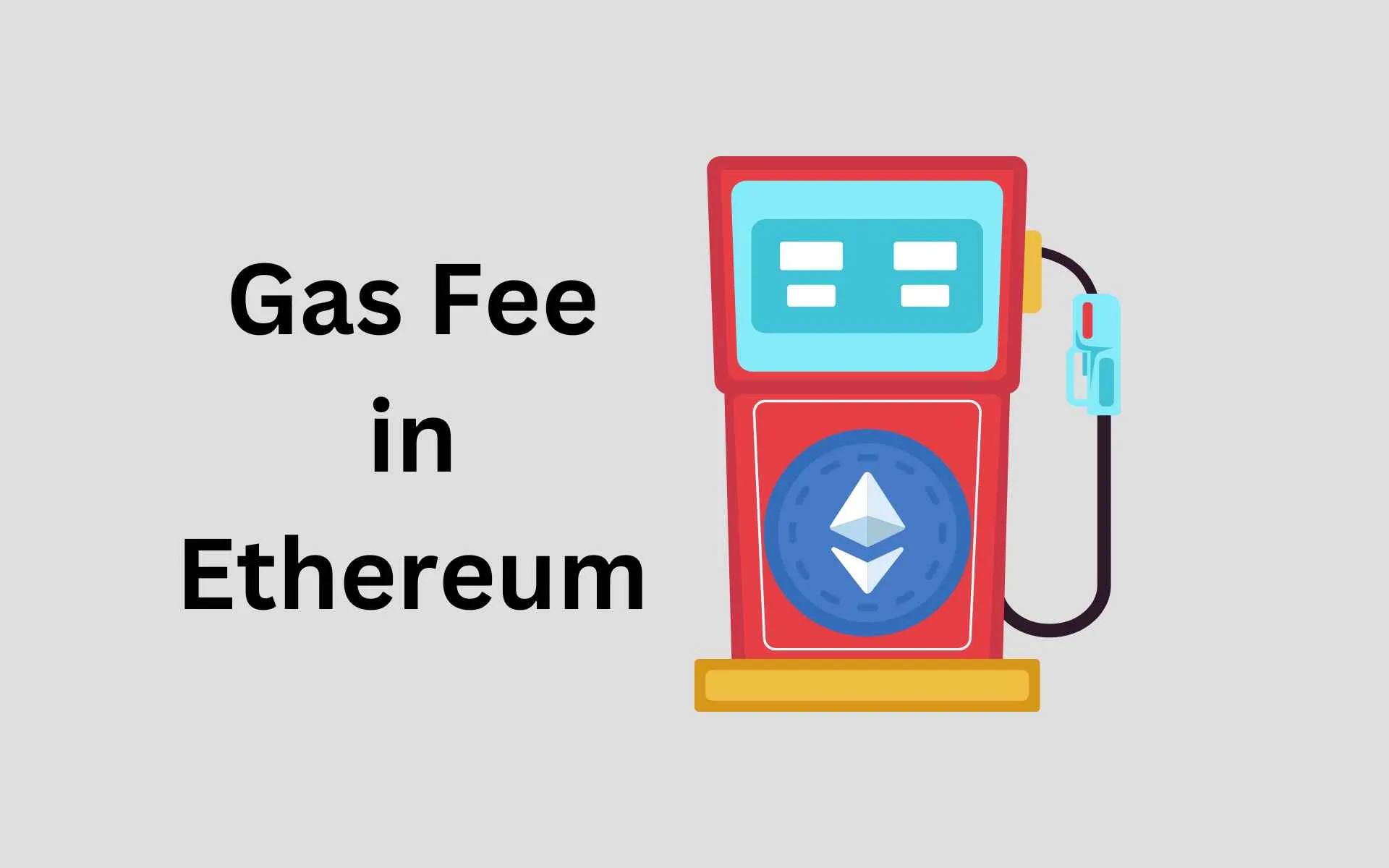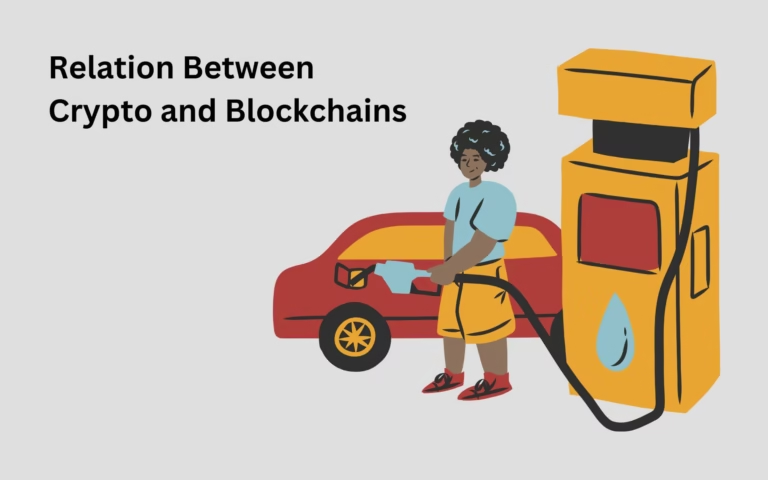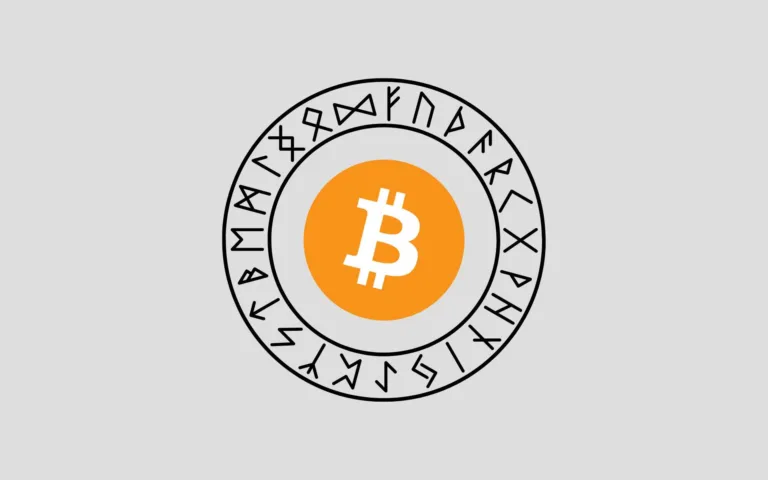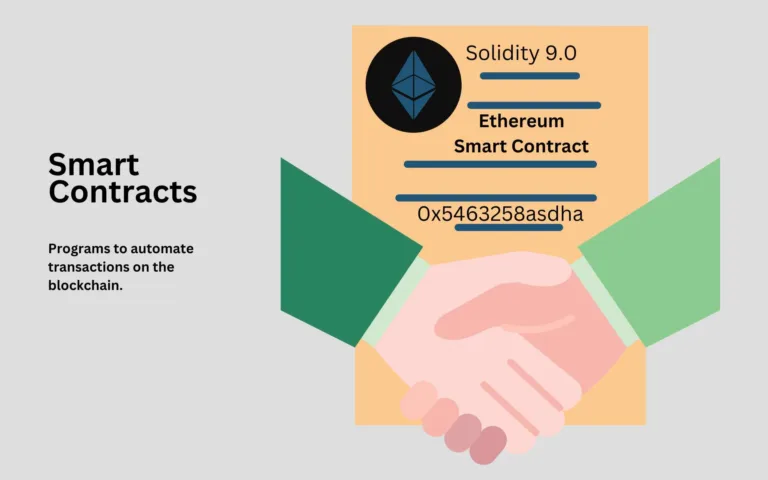Gas fee is the transaction fee charged in the Ethereum blockchain. The fee is paid to Ethereum validators for verifying transactions and adding blocks to the blockchain.
The term originated in the Ethereum blockchain but is now widely used to refer to transaction costs in other blockchains too.
Table of Contents
How is Gas Fee Calculated?
Gas fees are calculated on the basis of network congestion. If a network is highly congested, like Ethereum, its gas fees will definitely be high. These usually happens in a network with low TPS (transaction per second) like Ethereum (10-15 TPS).
Similarly, for networks with higher TPS like Solana (avg. 3000 TPS on 18 Jan 2024) there is less network congestion and therefore gas fees is low.
Gas Auctions
In Ethereum, gas fees are denominated in Gwei and are auctioned to the highest bidder. Bidders big on the amount they are willing to pay and the highest bidder gets to send their transactions first.
However, this does not mean that anyone can bid any random amount to send their transactions first.
Gas Price Categories in Gas Auctions
Usually there are three categories of gas fees that a user buys to send a transaction. They are Low, Average and High.
The below screenshot from Etherscan’s gas tracker shows the three available options for gas auctions.

The low gas fee category has the least priority and gets executed at the last. The priority to execute the transactions increases with the bidding amount which is visible as 31 Gwei, 32 Gwei and 35 Gwei.
Gas Limit
Usually there is a cap of the Gas that can be used to send a transaction and this limit is called the Gas Limit. This limit can be set by the user who sends a transaction. Most wallets like MetaMask feature a gas fee limit setting which allows the user to pay gas fees within a limit.
Gas fee and gas limits differ on Ethereum for tokens and NFTs since the latter needs much more validation work to be able to process. Therefore, NFT gas fees are usually higher than gas fees for Tokens.
Here is a snapshot from Etherscan that shows the gas fee details for various actions. See how NFT sale needs the highest amount of Gas Fee. Other actions like token swapping, bridging, and borrowing costs much less.

Gas Wars
Gas Wars are scenarios where too many people compete with each other to send their transactions first. This causes a scenario where people compete very violently and it seems that there is a war to execute transactions.
Such wars usually occur during specific events such as Airdrops, Free NFT minting and when DEXs are launched.
Problem of High Gas Prices in Ethereum
Ethereum had a problem of high gas costs during 2018 when its popularity rose. This caused users flock to it and start transacting on the blockchain. As a result, its Gas Prices elevated.
Other factors which have resulted in high prices in Ethereum are its high degree of security, majority share in NFT markets, and the sheer number of DeFi protocols associated with it. Ethereum still commands 59% of the total volume in DeFi markets.
Also, Ethereum witnesses the highest DApp development than any blockchain.
These causes a perpetual demand of Ethereum for various transactions.
However, Ethereum still has the 10-15 TPS speed which has not changed over time. This causes a network congestion.
Solutions for Combating High Gas Fees
Currently there are 3 solutions being used for combating high gas fees in Ethereum. However, all these are temporary and the ultimate solution is supposed to be the Surge, which is expected to help Ethereum reach 100k TPS (transactions per second) from the current TPS of 15.
Zero Knowledge Rollups
Though Ethereum has not done much until 2024 for decreasing pressure on Gas Fees, other blockchains presented them as Layer-2 scaling solutions and helped offload the pressure on Ethereum by validating Ethereum transactions out of the Ethereum blockchains and submitting a summary of these transactions.
When the summary is found to be true, all the transactions are also validated at the same time because the final state of the blockchain after the transactions is as expected.
The entire process is known as Zero Knowledge Rollup because only the summary of transactions are kept and individual transaction details do not exist on Ethereum and it has no knowledge of the off-chain (Layer-2) transactions.
Optimistic Rollups
Optimistic Rollups also summarize transactions and only submit a summary of them for validation by Ethereum. But, there is a small difference between Zero Knowledge and Optimistic Rollups.
Optimistic Rollups use call-data where the individual transactions (of the summary) are written. Call data is a space on the Ethereum block which is not validated by validators.
This process decreases the transaction costs but also makes the blocks bulky because all the individual transaction data is still present inside the block.
Proto-Dank Sharding
Proto-Dank Sharding is a process where a feature called a “Blob” is attached to each block and this blob stores all the individual transaction data. The blobs do not make Ethereum blocks heavy because each blob in a block is deleted after 3 months of creation.
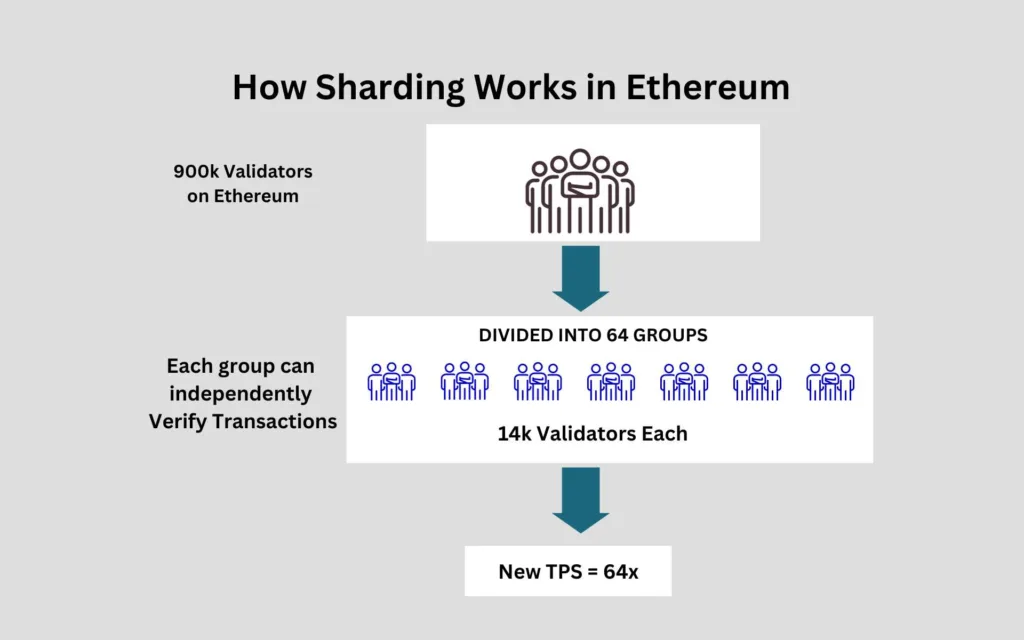
This is different than Sharding which aims to increase the speed of Ethereum by dividing its 900k validators in to smaller groups each of which can independently verify transactions and add blocks to Ethereum.
Frequently Asked Questions
What Is a Gas Fee on NFTs?
On the block height of 190333373 the Gas Fee for NFT was in the range of $51.91 – $53.44.
What Is Ethereum’s Gas Fee Now?
Ethereum gas fees is highly volatile and changes every 15-20 seconds. I witnessed the gas fee to be $31.62 max for Token transfers and $53.44 max for NFT sales at the block height of 190333373 .
Why do I have to pay a Gas Fee?
The gas fee is basically meant to pay the validators for their work in securing the blockchain and validating transactions. Therefore any transaction that needs to be validated and processed must pay a Gas Fee.
How can I pay less Gas Fee in Ethereum?
To pay less gas fees in Ethereum, use L2 blockchains like Polygon, Arbitrum and Optimism and transfer your Ethereum assets to these blockchains.
If you do not want to pay any fees, transfer crypto within your preferred exchange. I use CoinDCX for Indian transfers and Binance for international since both of them are widely used. Any transfer outside the exchange will cost you Gas Fee.

